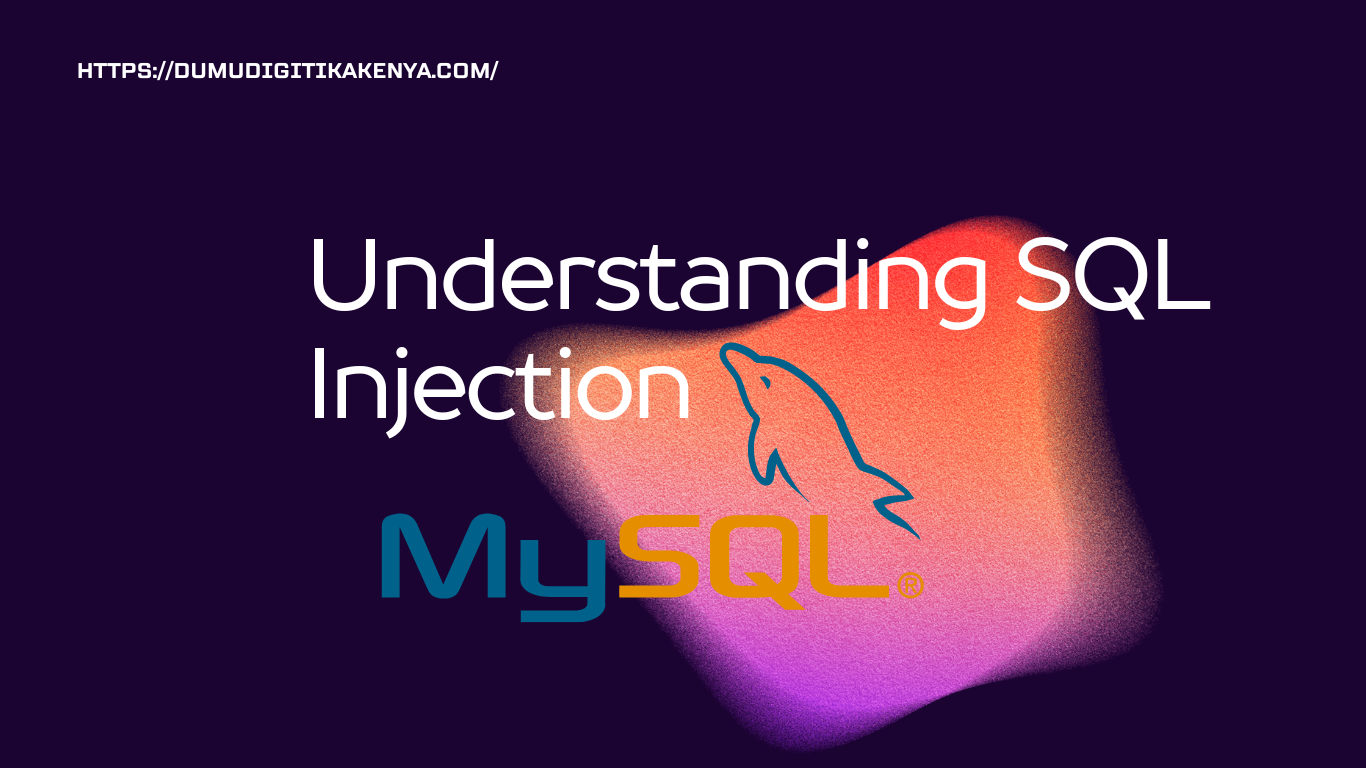SQL Injection is a technique that attackers use to exploit vulnerabilities in an application’s software, allowing them to execute arbitrary SQL commands. These attacks can lead to unauthorized access to sensitive data, modification of data, or even complete deletion of databases. As a programmer, it’s crucial to understand how SQL Injection works and how to protect your applications against it.

Table of Contents
What is SQL Injection?
SQL Injection occurs when an attacker inserts malicious SQL code into a query string via input fields on a website or application. This injected SQL code can manipulate the database in unintended ways. Here’s a step-by-step tutorial to understand SQL Injection and how to prevent it.
1. Understanding SQL Injection with a Simple Example
Let’s say we have a simple login form on a website that checks for a username and password in a SQL database. The SQL query to authenticate the user might look like this:
SELECT * FROM users WHERE username = '$username' AND password = '$password';An attacker could input something like ' OR '1'='1' -- into the username field, which would result in the following SQL query:
SELECT * FROM users WHERE username = '' OR '1'='1' --' AND password = '$password';This query would return all rows from the users table because the condition '1'='1' always evaluates to true, effectively bypassing the authentication.
2. Preventing SQL Injection
To prevent SQL Injection, you should always use parameterized queries or prepared statements. Here’s how you can do it using PHP and MySQL:
<?php
$servername = "localhost";
$username = "username";
$password = "password";
$dbname = "myDB";
// Create connection
$conn = new mysqli($servername, $username, $password, $dbname);
// Check connection
if ($conn->connect_error) {
die("Connection failed: " . $conn->connect_error);
}
// Prepare a statement
$stmt = $conn->prepare("SELECT * FROM users WHERE username=? AND password=?");
// Bind parameters
$stmt->bind_param("ss", $username, $password);
// Set parameters and execute
$username = $_POST['username'];
$password = $_POST['password'];
$stmt->execute();
// Check if user exists
$result = $stmt->get_result();
if ($result->num_rows > 0) {
// User authenticated
} else {
// Invalid credentials
}
$stmt->close();
$conn->close();
?>3. Additional Tips to Prevent SQL Injection
- Input Validation: Validate and sanitize all user inputs before using them in SQL queries.
- Least Privilege: Use database users with the least privileges required to perform their tasks.
- Use ORM Libraries: Object-Relational Mapping (ORM) libraries like Hibernate or Entity Framework can prevent SQL Injection by automatically sanitizing inputs.
- Regular Updates: Keep your software and libraries up to date to patch any known vulnerabilities.
Conclusion
SQL Injection is a serious threat to web applications, but with proper understanding and preventive measures, you can protect your applications and users’ data. Always remember to use parameterized queries or prepared statements and follow best practices for input validation and privilege management.




